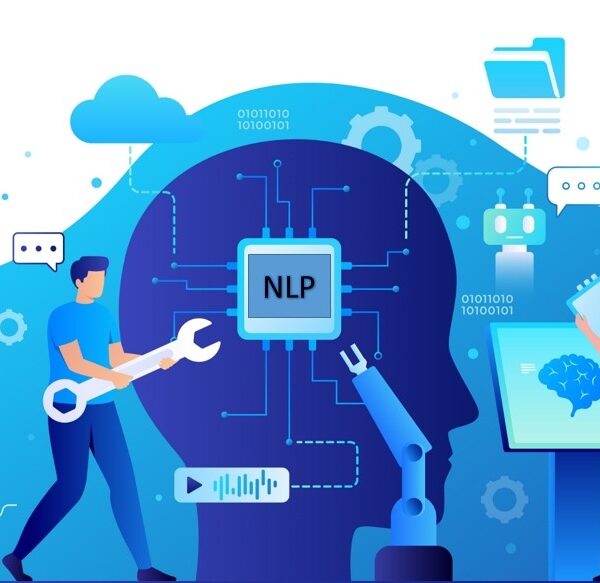Utilizing Neuromorphic Computing for Health Forecasting
Scenario Overview
Objective: The Private and Public health institutions aim to develop an advanced system for forecasting and projecting health-related issues, focusing on infectious diseases like COVID-19. Our Neuromorphic computing architecture is in the leading edge of computing. We utilize neuromorphic computing to analyze vast arrays of medical data, utilize OpenAI to predict outbreak patterns, assess public health risks, and aid in decision-making for pandemic responses.
Background
-
- Challenge: Current technology challenges are based on traditional computing systems, including high-performance computing (HPC), struggle with the real-time processing of vast, diverse data sets in health monitoring, especially during rapidly evolving situations like a pandemic.
- Solution: After researching the various available technologies it was discovered that Neuromorphic computing, with its brain-like data processing capabilities, offers a promising alternative as it integrates renewable resources as part of the solution.
Why implementation solutions using Neuromorphic Computing?
-
- Data Integration: Collate extensive health data – patient records, laboratory test results, genomic data of the virus, environmental data, and public health records.
- Neuromorphic Computing Platform: By using the architecture and framework develop by Software Solution Corporation a neuromorphic computing infrastructure specifically designed to handle complex, multi-faceted health data efficiently and in real-time has emerged.
What are the advantages of Neuromorphic Computing?
-
- Rapid Data Processing: Capable of processing large-scale health data swiftly, crucial for timely responses in pandemic situations.
- Energy Efficiency: Consumes significantly less power than traditional HPC, aligning with sustainability goals.
- Pattern Recognition and Predictive Analytics: Excelling in identifying complex patterns in health data, crucial for predicting disease spread and potential hotspots.
What is the deployment Path for Neuromorphic computing?
-
- Pilot Project: Create and Launch a pilot project focusing on a specific region or a particular aspect of research, (e.g. COVID-19), now we can specify the specialization such as like variant tracking.
- System Integration and Training: We begin to Integrate the neuromorphic system with existing health databases and train model using OpenAI and ChatGPT Endpoint, exposing the relevant information workers and stakeholders that will be consuming the system analytical output.
- Near Real-time Monitoring and Analysis: Our architecture implements continuous monitoring and analysis of health data to identify emerging trends and potential outbreaks. We called this pattern extraction.
- OpenAI Model Development and Simulation: Once we flag the datasets, the next step begins to create a predictive algorithm that will be presented to the OpenAI models, the models will be pretrained with target research data such as disease spread metrics, healthcare resource needs, and potentially generate a predictive impact assessment.
- Collaboration: As part of the process we work closely with Private or Public healthcare providers, local health departments, and international health organizations for data sharing and joint response planning.
- Scalability and Expansion: The system is design to assess the scalability requirements based on the human impact. The system is scaled for nationwide or global deployment.
- Public Health Decision Support: Utilize the system’s output to guide public health decisions, such as vaccination strategies, lockdown measures, and resource allocation.
Neuromorphic vs. Traditional Computing in Health Forecasting
-
- Handling Complex Datasets: Superior capability in handling the complexity and variability of health-related data.
- Speed of Analysis: Facilitates immediate analysis and forecasting, vital in pandemic response where every moment counts.
- Energy and Cost Efficiency: More sustainable and potentially more cost-effective in the long run due to lower energy requirements.
Conclusion
In this hypothetical scenario, neuromorphic computing empowers the NIH with a highly efficient, real-time capable system for health forecasting and pandemic response. Its advanced pattern recognition and predictive capabilities enable more accurate and timely decision-making, which is crucial in managing health crises like COVID-19. This innovative approach not only enhances public health response strategies but also sets a precedent for future health technology integrations.




